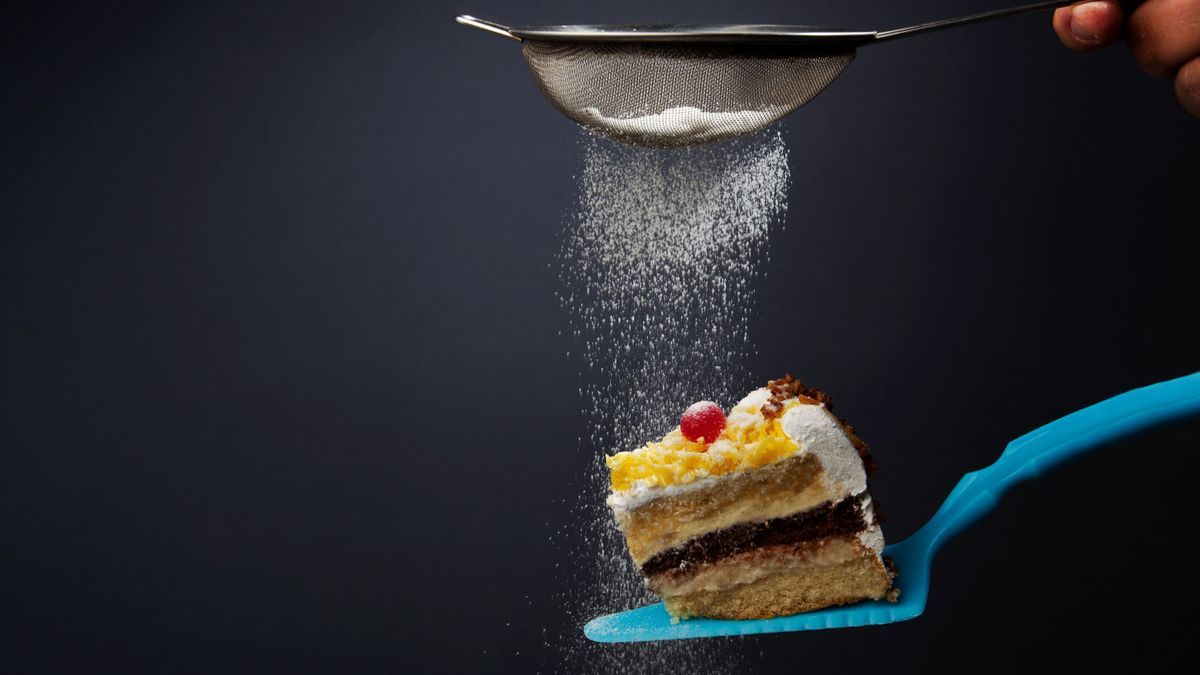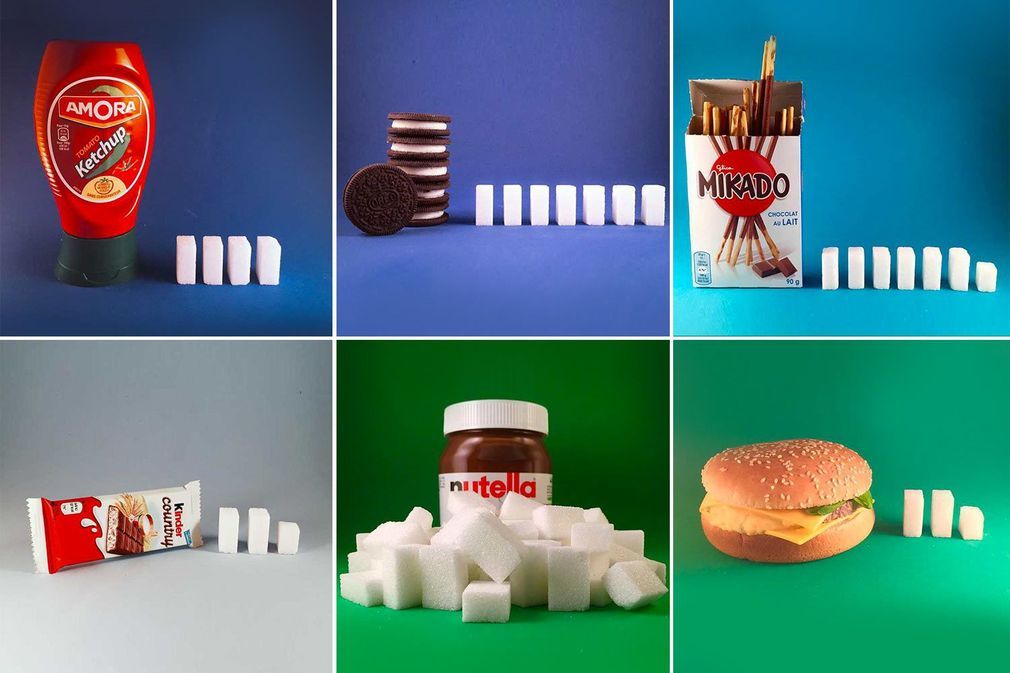
In cakes of course, but also in sausage and chips… sugar is absolutely everywhere! In sweet or savory dishes, it is almost omnipresent in processed dishes. The Anses survey shows a decrease over 10 years but is insufficient in view of the public health issue.
Is this really a surprise? The latest conclusions from ANSES on sweet products are not encouraging.
Still too much sugar in the majority of products
Of the 54,000 processed products examined (ice creams and sorbets, jams, cereal bars, juices and nectars, dairy products, biscuits and cakes, non-alcoholic drinks, prepared meals, sauces, cold meats sold on the French market between 2008 and 2020), the majority of them (77%) contain at least one sweetening ingredient (white sugar, aspartame, etc.) or sweet taste vector (syrup, juice).
Sweet substances that do nothide“not exclusively in cakes, sodas and other sweets, estimates ANSES”These ingredients are also present in rather salty product categories“, including sausage, chips…
Sucrose, or “table sugar“, was also found in more than half of the food products observed (58%).
Another frightening observation, highlighted in this report: nearly 59% of products use “a class or combination of two classes of sweetening ingredients or sweet taste vectors“. A double dose of sugar for consumers, neither seen nor known.
Fewer sweeteners and sweetening ingredients
The only good news in this rather dark picture? We witness “a decline in the use of sweetening ingredients over the last 10 years, notably sugar syrups and sweeteners“, affirms ANSES.
A phenomenon which can be explained by the changing decisions of manufacturers: “Compositions have been revised to favor very common ingredients, such as white sugar or “sucrose“, or who are perceived as more “natural“, such as fruit juices. Conversely, “sugar syrups or synthetic sweeteners are much less used”. But these results do not necessarily reflect a reduction in overall sugar content.
“Indeed, it is important to remember that a product using fewer sweetening ingredients or sweet taste vectors than before does not necessarily have a lower sugar content. Removing a sweetening ingredient can go hand in hand with revising the proportion of other ingredients“, specifies Julie Gauvreau-Béziat, head of the food observatory unit.
Less sugar in soft drinks
According to ANSES, sugary drinks (with or without sweetener) have decreasing sugar levels between 2013 and 2019. This trend initiated between 2010 and 2013 then intensified, thanks to the implementation of measures aimed at reducing sugar levels in drinks. “A collective agreement has in fact been established between the main manufacturers in the sector and the public authorities to reduce the average sugar level by 5%. Furthermore, since 2012, drinks containing added sugars and/or sweeteners have been subject to a tax which became proportional to the added sugar content in 2018.” specifies ANSES.
Measures… which are not drastic enough
For Dr Arnaud Cocaul, interviewed on this subject, “the measures taken by manufacturers are not fast enough“We still have too much added sugar in our everyday products and have done so for too long.
“Manufacturers must realize that human health is not a chemical factory; their formulas can be harmful to the health of many of us. Despite numerous prevention campaigns, obesity, cardiovascular diseases and diabetes continue to soar“, assures the nutritionist.
NO to diets, YES to WW!
Adopt the “right distance” from sugar
To (start to) change things, the doctor reveals that it would be necessary to shorten the lifespan of foods.
“Sugar, salt, fat and emulsifiers are used to extend the shelf life..”
At home, it would therefore be more appropriate to “returning to foods may be less appealing in appearance but better for our overall health“. Like raw, natural and homemade products.
Furthermore, while there is no harm in having a soft chocolate snack from time to time, “it’s the abuse, the repetition, that poses a problem“, recalls the expert, while specifying that sugar-free products full of sweeteners are not “necessarily better for health“.

